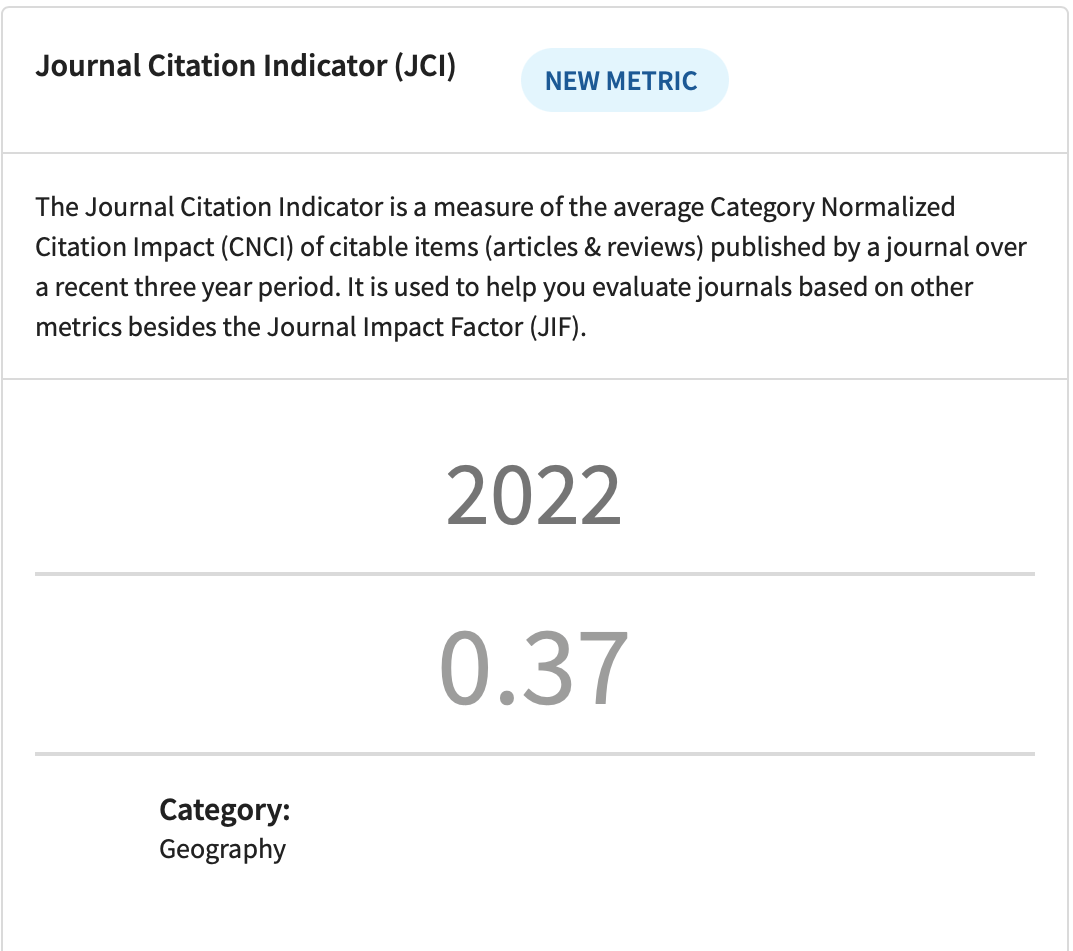THE ROLE OF NODAL CENTERS IN ACHIEVING BALANCED REGIONAL DEVELOPMENT
DOI:
https://doi.org/10.2298/IJGI1701069ZKeywords:
functional regions, nodal centers, balanced regional development, BanatAbstract
Uneven regional development is characteristic of a large part of the society, from micro to macro regional level. One of the ways for overcoming this problem is effectively spatially and functionally connection of the largest nodal center of the region, among themselves and with the settlements in its gravitational sphere. In this paper, nodal centers are presented as poles of convergence of the population and functions, from which development impacts – the main factors of socio-economic transformation of the region - are spreading out. It also analyzed the possibilities for achieving balanced regional development presented through the prism of the functional impact of nodal centers in that process. Nodal (functional) region is a theoretical basis of the work. Also, nodal region is starting point of functional-process paradigm, resulting from modern processes whose by their functional influence changing the structure of space.
Article metrics
References
Bailey, N., & Turok, I. (2001.). Central Scotland as a Polycentric Urban Region: Useful Planning Concept of Chimera? Urban Studies, Vol. 38, No. 4, pp 697 – 715. doi: http://dx.doi.org/ 10.1080/00420980120035295
Batten, D. (1995.). Network Cities: Creative Urban Agglomerations for the 21st Century. Urban Studies, Vol. 32, No. 2, pp. 313 – 327. doi: http://dx.doi.org/0042-0980/95/020313-15
Vresk, М. (1990). Grad u regionalnom i lokalnom planiranju. Školska knjiga, Zagreb
Gottmann, J. (1984.). Orbits: The Ancient Mediterranean Tradition of Urban Networks. Oxford: Leopard’s Head Press.
Documentation materials of Statistical Office of the Republic of Serbia (Документациони материјал Републичког завода за статистику). Census 2011. Belgrade: Statistical Office of the Republic of Serbia.
ESPON (2005). Potentials for polycentric development in Europe. Project 1.1.1. Luxembourg: ESPON.
Krunić, N. (2012.). Demographic aspects of recent spatio-functional organization of the settlement system of Vojvodina. Demography, vol. IX, pp 121 – 146. Retrieved from: http://www.gef.bg.ac.rs/wp-content/uploads/2013/04/Demografija-9.pdf
Kloosterman, R., & Lambregts, B. (2001.). Clustering of economic activities in polycentric urban regions: the case of the Randstad. Urban studies, Vol. 32, No. 4, pp 717 – 732. doi: http://dx.doi.org/10.1080/00420980120035303
Lawrence, B., & Holmes, J. (1971.). The delimitation of functional regions, nodal regions, and hierarchies by functional distance approaches. Journal of regional science, No. 1, pp 57 – 72. Retrieved from: http://content.ebscohost.com/ContentServer.asp?T=P&P=AN&K=5726242&S=R&D=aph&EbscoContent=dGJyMNXb4kSeqLM4yNfsOLCmr0%2Bep7NSs664SbOWxWXS&ContentCustomer=dGJyMPGqtkivr7JRuePfgeyx44Dt6fIA
Massey, D., Allen, J., & Pile, S. (1999.). City Worlds. London: Routledge.
Meijers, E. (2007.). Synergy in Polycentric Urban Regions – Complementarity, organizing capacity and critical mass. Delft: Delft University of Technology.
Nevenić, M. (2013.). Functional urban region the instrument of polycentric spatial development of Serbia. (Doctoral dissertation). University of Belgrade, Faculty of Geography. Retrieved from: http://eteze.bg.ac.rs
Parr, J. (2004.). The Polycentric Urban Region: A Closer Inspection. Regional studies, Vol. 38, No.3, pp 231 – 240. doi: http://dx.doi.org/10.1080/003434042000211114
Provincial Secretariat for urban planning, construction and environmental protection (2011). (Покрајински секретаријат за урбанизам, градитељство и заштиту животне средине). Regional spatial plan of the Authonomus Province of Vojvodina (Регионални просторни план Аутономне Покрајине Војводине). Novi Sad.
Statistical Office of the Republic of Serbia. (2014). 2011 Census of Population, Households and Dwellings in the Republic of Serbia, Population, Comparative overview of the number of population in 1948–2011, vol. 20 (Popis stanovništva, domaćinstava i stanova, 2011. u
Republici Srbiji. Uporedni pregled broja stanovnika 1948–2011, knjiga 20). Belgrade, Serbia: Statistical Office of the Republic of Serbia
Federal Statistical Office, SFR Jugoslavija (1965). 1961 Census of Population. Activiy and business, vol. XIV. (Popis stanovništva 1961. Aktivnost i delatnost, knjiga XIV). Belgrade, Serbia: Federal Statistical Office.
Tošić, D. (2000). Spatial – functional relationships and connections in urban regions (Просторно – функционални односи и везе у урбаним регијама). Arhitektura i urbanizam, vol. 7, pp 50 – 58.
Tošić, D., & Nevenić, M. (2007). Nodal region – instrument of spacial and functional organisation of Serbia. Journal of the Geographical Institute “Jovan Cvijić” SASA, vol. 57, pp 297 – 307. doi: http://dx.doi.org/0350-7599/2007/0350-75990757297T
Tošić, D. (1999). The City in the region (Град у регији). Glasnik Geografskog društva Republike Srpske, vol. 4, pp 47 – 60.
Tošić, D. (2000). Urban centers – factors of regional integration of Sebia (Градски центри – фактори регионалне интеграције Србије). Glasnik Geografskog društva Republike Srpske, vol. 5, pp 83 – 95.
Tošić, D. (2012). Principi regionalizacije. Beograd: Univerzitet u Beogradu, Geografski fakultet.
Tošić, D., Krunić, N., & Milajić, S. (2009). Spatial organization prospecting of Južno Pomoravlje settlements network in the function of spatial plan development. Demography, vol. 6, pp 175 – 195. Retrieved from: http://www.gef.bg.ac.rs/wp-content/uploads/2013/04/Demografija-6.pdf
Haggett, P. (1972.). Geography, a modern synthesis. New York, London: Harper International Edition.
Castells, M. (1996.). The Rise of Network Society. Oxford: Blackwell.
Camagni, R. (1993.). From city hierarchy to city networks: reflections about an emerging paradigm. In T.R. Lakshmanan & P. Nijkamp (Eds.) Structure and Change in the Space Economy: Festschrift in Honour of Martin Beckmann, (66–87). Berlin: Springer Verlaa.
Downloads
Published
How to Cite
Issue
Section
License
Copyright (c) 2017 Vedran Živanović

This work is licensed under a Creative Commons Attribution-NonCommercial-NoDerivatives 4.0 International License.











